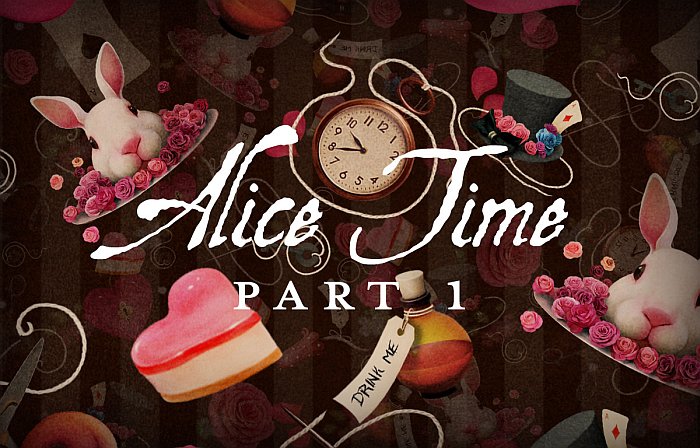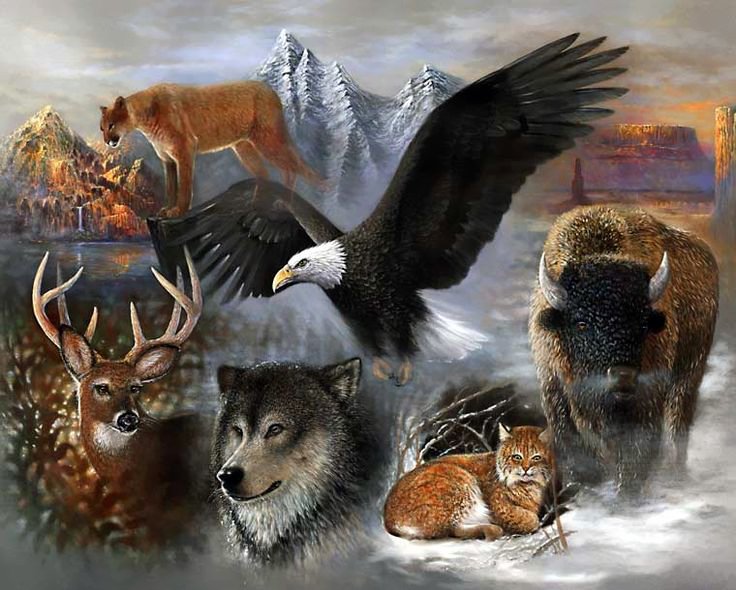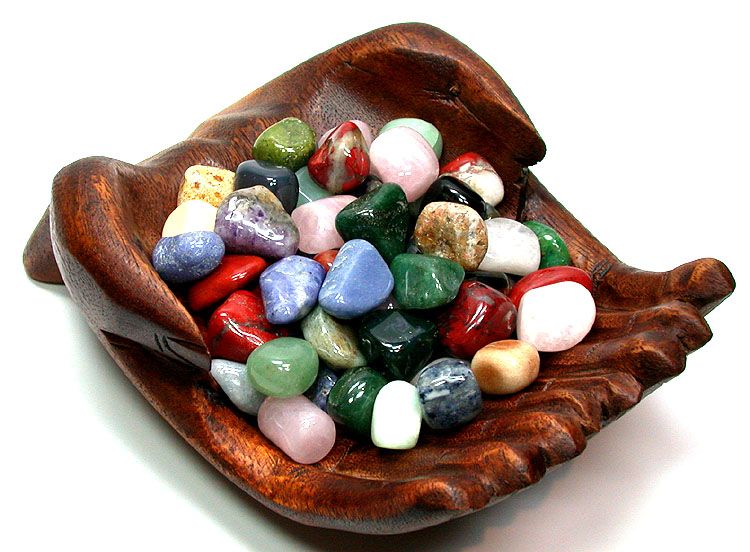Imagining the Impossible ~ Alice Time - Part I
- Details
- Written by AndEl

I am an “Alice-o-phile”. I adore Alice in Wonderland and Alice Through the Looking Glass and have since the first time I read Lewis Carroll’s masterpieces. My basement stairwell is painted as a Rabbit Hole and I have a collection of Alice art and multiple copies of Alice in Wonderland because early on, I was enchanted by his brilliant writing, especially the eccentric dialogue between the wondrous characters – a Mad Hatter, a Cheshire Cat. I just loved wondering how Carroll even thought of those characters … a Red and White Queen, the White Rabbit and the tea party (the real one). I loved every single page of those two books and I can’t even recall how many times I’ve read them – and still do.
The concept of “falling down the Rabbit Hole” eventually became associated with slipping into an altered state of consciousness brought about through drugs (as in Jefferson Airplane’s White Rabbit). I doubt a drugged state of mind was what Carroll had in mind when he targeted the British aristocracy, but let’s say that the generations after the Victorian age continued to raise the bar on social madness. Our time has, of course, outrun them all.
Alice is our escort into the many absurd notions, ideas, politics and policies, beliefs and attitudes that underlie society and the way we see “reality”. And this list of absurd beliefs we cling to personally and as a society is very, very long indeed. I selected a simple example from an archive of so many possibilities. The other day, I overheard a woman at the gym say to her friend, “I’ve got to hurry. If I don’t get this report in to my colleagues, the business deal we’ve been working on will be toast.”
“That’s absurd,” I thought. “If that report were so important – if you were so important to the business deal – what on earth are you doing at the gym? You could come to the gym after your business deal.” Silly, silly girl– and then I thought, she is going to rush away from the gym in a state of “It’s all about ME-ness”. An “Alice moment” if ever there was one – and then I realized that ME-ness is the defining feature of the contemporary Alice mind. In some ways, we all think that WE are THE most important person EVER. Could there be a more absurd thought?
Seeing through the Looking Glass requires that you reverse what you’re looking at, viewing everything through its opposite. If something appears complicated, see it as simple. If something is frightening, see it as inviting. If you think nothing is happening, see the room filled with endless things happening. People always look for “something”. Note this classic line from Alice through the Looking Glass following Alice’s comment that she sees “nothing” down the road she is staring at.
The Queen responds, “Oh, I wish I could see nothing as well as you can.” Brilliant…utterly brilliant.
So, think about this – Is there even a second in your life when you are truly empty of thought or emotion or ideas or a wisp of a fantasy that floats through your mind? You are never really “seeing” or experiencing nothing, are you? Seeing “nothing”, for heaven’s sake or entering “nothingness” is the core of Buddhist mysticism. Why, it’s practically achieving enlightenment. It takes a robust effort to truly get to “nothing”.
Many people have shared their challenges with me and often the conversations lead to, “And I just don’t know what to do now.” I, too, have felt that way at times. We all have. It’s not a comfortable place. But when I do find myself thinking that way, I sometimes do imagine that I am standing in front of a “life looking glass” that reverses everything I am looking at. Instead of telling myself that I do not know what to do or that I can’t see what to do next, I imagine that there are only options and opportunities everywhere. This may sound like a foolish child’s game, but it’s really a way to utilize the power of your imagination to break out of the illusion that you are “stuck in a thought form”. After all, that’s what a fear is, isn’t it? Just a thought form.
Carl Jung adored the realm of the imagination. He may well be the master explorer of our age of the domain of the imagination. For him, the imagination contained the passageways to the psyche and the inner voices of our archetypes. Active imagination was an essential tool that he introduced, establishing a form of communication between the conscious and unconscious self. Right there we have something to imagine as impossible: opening a portal of communication between your conscious and unconscious self. He encouraged people to utilize their imagination as a working tool of the psyche essential to the quest for self-knowledge and becoming a whole human being.
Imagining the impossible – what a delicious and positively enchanting notion. And yet, the realm of the imagination is a fully and completely threatening place to suggest to a person who fears the loss of the familiar. That very common fear comes right out of our gut like an on-and-off switch connected to our imagination. We are born knowing that we can change our lives by imagining something else new or different – an escape route, a back door, a house with a new front door, running, flying – just imagining other than the moment we are in.
Lewis Carroll delighted in satirizing the love affair that members of Victorian society had with themselves, most especially their addiction to snobbery. He looked at what the upper class could not bear to examine about themselves, which was their own lavish lifestyles, attitudes, and well maintained prejudices about the way the world was and simply had to remain to keep them happy. But it is precisely this addiction to one’s personal comfort zone that allows a person to become exactly what he or she believes an elite lifestyle and privilege protects a person from becoming: close-minded, irrational, unyielding, unrealistic, and completely out of touch with the world at large. To say this another way: The more a person has to lose in life, the less likely that person is to welcome change or to embrace the vast world of the imagination. That seems so obvious, right? But I don’t believe that people realize how much they “suspend the function” of their imagination because of the fear of the unknown or change or something different and new. Think of how many times you have avoided listening to someone present a new idea because you could feel rumblings stirring in your imagination and you just didn’t want to engage that energy.
Social and political revolutions are most often initiated at the grass roots level because those at the “top” have the most to lose. Most see no reason for society to change because from where they are sitting (Wall Street), everything looks just fine. Those who can envision energy technology, for instance, and have urged the auto and other industries for decades now to invest in energy technologies, have done so because they can see the handwriting on the decline of the oil-based economic wall. Secondly, these visionaries, whether coming up from the grass roots level or as successful entrepreneurs, can and do imagine the impossible. These are the people who are not afraid to take a risk and go where others have not yet gone in thought, in action, and yes, in investing financial resources.
So, here’s a wondrous question: Do people know how to “fall down the Rabbit Hole”?
I do wonder how many people would really take a leap into the unknown realm of their own imagination – not just cautiously – but with a sense of abandon, allowing themselves to imagine outrageous, magical, enchanting, wondrous adventures in their lives. Would you?
You realize, of course, that imagining sets the wheels of creation into motion. Even if what you imagine does not manifest exactly as you envisioned – it rarely does – you are imagining breaking out of familiar patterns. You are utilizing the power of your imagination to set into motion a different combination of action-reaction and cause and effect.
In the next lesson, we’ll explore “The Art of Falling Down the Rabbit Hole”. It is an art, after all – not an accident.
Love,
Caroline
Here
Liked this article? Dive deeper into personal growth and wellness! Check out CrystalWind.ca for spiritual wisdom or explore AromaWorx.ca for natural well-being tips. Spread the positivity—share this with friends on their happiness journey!
Let’s Chat! Drop Your Thoughts Below! ![]()
Latest Articles

Imagine a world of inspiration and healing, free for all—made possible by YOU!
Donate Now—Ignite the Magic at CrystalWind.ca!

Epilepsy - Finding A Cure
Your donation can make a difference!
Help us find a cure – donate now!
Unlock Your Light: Join Lightworkers Worldwide on CrystalWind.ca!
Articles: Carolyn Myss
Follow Us!
Featured This Month
Watermelon Tourmaline
Synonym: Rainbow Tourmaline The watermelon tourmaline is a rare variety t... Read more
Sun in Virgo
An Overview of Sun Sign Characteristics for Virgo Virgo is guided by Mercur... Read more
Mabon in Modern Times: Fresh Takes on the Au…
The Mabon season begins somewhere around the 21st-22nd of September and cont... Read more
Mabon Magic: Ideas For Fall Decoration And R…
Welcome (almost!) to Fall! We’re turning the Great Wheel once again, toward ... Read more
Crystals for Virgo
As the warmth of summer begins to soften into the crispness of autumn, the Sun... Read more
Sweet Violet
Sweet Violet Faithfulness and modesty. “I will always be true to you.” Helps... Read more
The Vine: September 2nd - September 29th
The Autumnal Equinox ( Alban Elfed ) Celtic Symbol : The White Swan Read more
Peridot: The Healer's Stone
Peridot has been used as a Power Stone for centuries. Peridot fosters emotio... Read more
Virgo Mythology
The Virgo Myth In all of constellation mythology, few legends are as misund... Read more












































